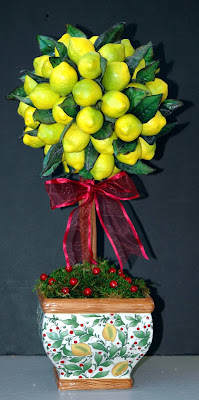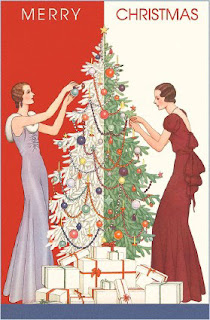
Although dry sparklers are the perfect aperitifs enjoyed on their own (it's all because of the crisp acidity, light flavours and clean-tasting bubbles), they do go well with some dishes, especially:
Salmon and other fish mousse
Smoked salmon
Sushi
Crispy fried vegetarian dishes, such as tempura
Asparagus
Fresh prawns
Small filo parcels and creamy vol-au-vents
Spicy canapés, like tiny satay sticks
White fish dishes, such as grilled sole or plaice
Chicken in creamy sauces
Oysters
Salmon and other fish mousse
Smoked salmon
Sushi
Crispy fried vegetarian dishes, such as tempura
Asparagus
Fresh prawns
Small filo parcels and creamy vol-au-vents
Spicy canapés, like tiny satay sticks
White fish dishes, such as grilled sole or plaice
Chicken in creamy sauces
Oysters














 1600s – By the 17th century, it was common in Germany to decorate Christmas Trees with apples. This practice was a holdover from the 14th and 15th centuries when evergreen boughs hung with apples were the only prop used in the “miracle plays” that were performed at the churches on December 24. December 24 was Adam & Eve’s Day in the early Christian calendar, and the plays were used as ways of teaching the Bible to a largely illiterate population.
1600s – By the 17th century, it was common in Germany to decorate Christmas Trees with apples. This practice was a holdover from the 14th and 15th centuries when evergreen boughs hung with apples were the only prop used in the “miracle plays” that were performed at the churches on December 24. December 24 was Adam & Eve’s Day in the early Christian calendar, and the plays were used as ways of teaching the Bible to a largely illiterate population.























